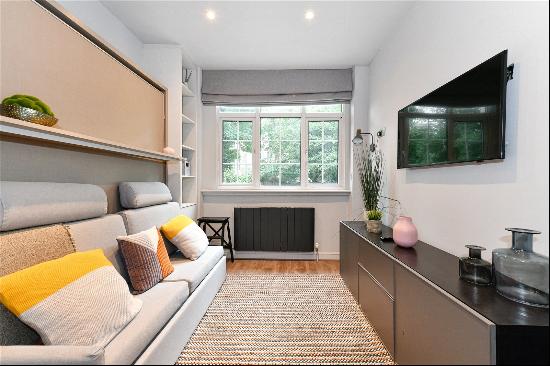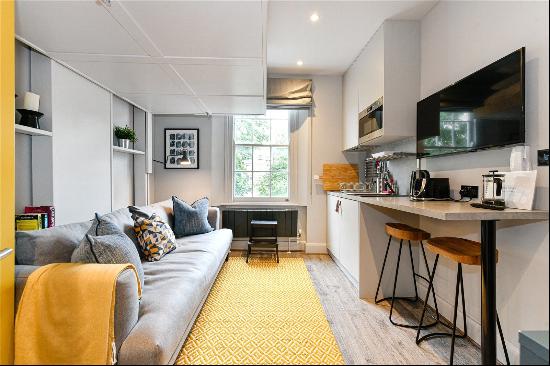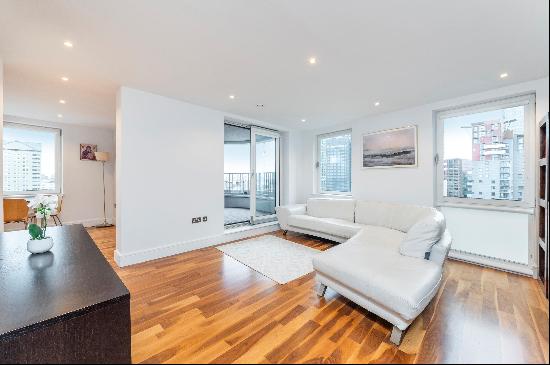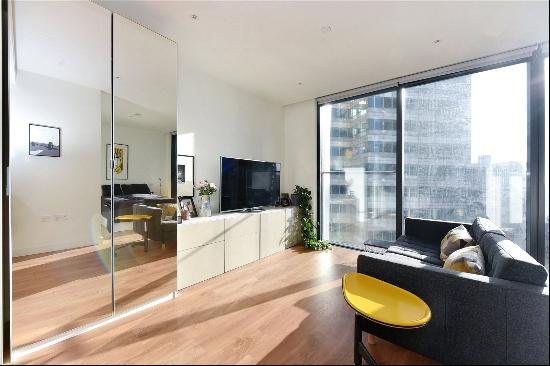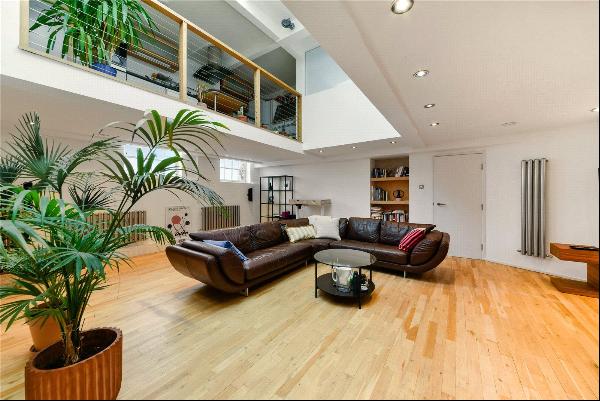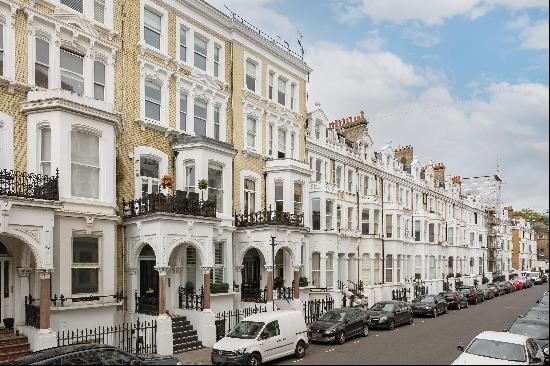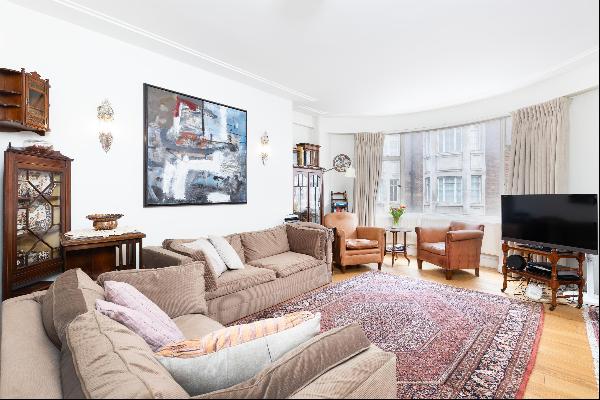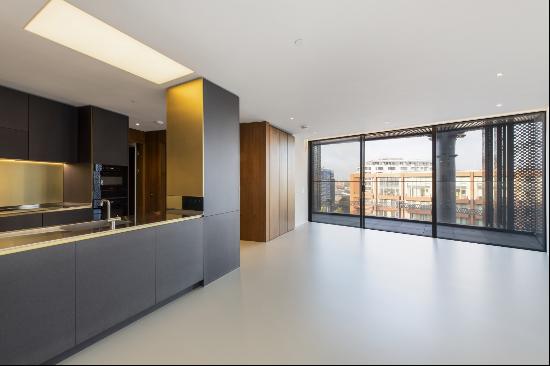
By Holly Connolly
When I arrived at the front gates of 92 Carlton Hill, home to the late sculptor Arthur Fleischmann and his family for the past six decades, I thought I was prepared for what lay inside — after all, I had seen the extensive photographs the property agent had sent of the bright, light-filled space.
But when Dominique — the only child of Arthur and his wife, Joy — led me to the main area at the back of the house, it stopped me in my tracks. It is an astonishing, two-storey-high space, with a vast vaulted ceiling and elongated north-facing skylights. Looking out on to a leafy garden, it feels somewhere between an ornate greenhouse and a modern cathedral — an effect far beyond what any photograph can fully capture.
The site that encompasses 92, 94 and 96 Carlton Hill was first conceived in the late 19th century by an affluent publican, George Speedy. However, it wasn’t until Victorian sculptor George Frampton, probably now best-known for the Peter Pan statue in Kensington Gardens, bought the set of buildings in the early 1900s that number 92 was constructed, becoming Frampton’s cavernous studio.

There are traces of Frampton even now; Dominique believes the Delft tiles around the fireplace, for instance, are likely Frampton-era. In a room at the front of the house, an archway above the window indicates where the immense wooden double doors would have been, to admit the horse and cart that delivered his carrara marble. “And do you see those black metal rings in the ceiling?” Dominique points up at a high beam in the main space. “That’s where the block and tackle was, to lift the blocks of marble off the horse and cart.”
After 92 was sold by Frampton’s son Meredith, around 1950, it was lived in by a succession of artists. Over time, the front part of the house was divided up loosely into the configuration it remains in today — two bedrooms with bathrooms downstairs, and two skylit bedrooms upstairs, though the house is so unusual in its layout that even using the word “bedroom” here seems somewhat prescriptive.
By the time Arthur Fleischmann bought it in 1958, he was in his early sixties and had already lived a life that was cinematic in scope. Born to Jewish parents in Bratislava, Slovakia, in 1896, he saw the rise of Facism in Europe and toured the world as a doctor (his first profession) with a Viennese ice hockey team, sculpting all the while. He lived in South Africa, Bali and Australia before setting off for London in 1948. A chance encounter on the boat to London introduced him to the director of Imperial Chemical Industries, who subsequently arranged for him to be given a lifetime supply of one of the company’s newer creations: the versatile plastic Perspex, a material the sculptor returned to frequently in his career.

When Arthur died in Tenerife in 1990, it did not put an end to artistic life at 92 Carlton Hill. His wife, Joy, had been studying painting in her twenties when they first met, but she had put it aside to help manage the career of the considerably older Arthur. After his death, “she completely reinvented herself, and went back to her first love of painting” says Dominique. “She started to work at the Royal College of Art, and thought to herself, ‘Well, I’ve got this studio, why don’t I use it?’ So she poached a lot of the students from the RCA, and some of the tutors, and twice a week she would have art sessions here with life drawing. She established a kind of community here.”

Wandering around the house, it can be difficult to know where to let your gaze rest: stone busts of former popes, a prima ballerina, Joan Collins and comedian Barry Humphries sit alongside a spectacular imagining of the birth of Aphrodite, goddess of love and beauty, who in some legends was created from the sea. From the mezzanine above, a statue of Lot’s wife, on her way to becoming salt, looks down on it all. As objects they give some sense of the sheer range of both Fleischmann’s interests and his palette of materials. An unassuming kitchen leads off from the space, underscoring 92 Carlton Hill’s function as a shifting, adaptable place, as much about the practical working lives of artists as the art itself.
92 Carlton Hill is on sale for £2.5m.
Photography: United Kingdom Sotheby’s International Realty





